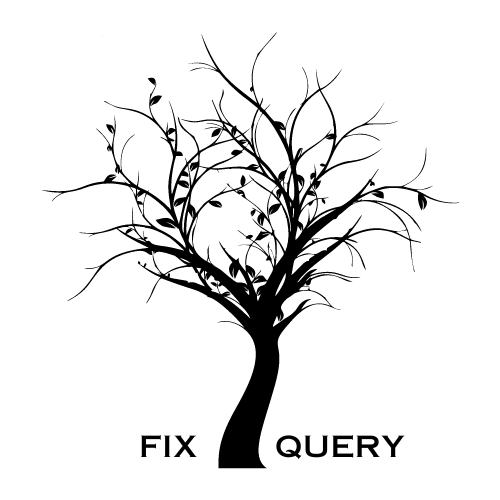Learn More About Legal Documents, How To Draft Legal Documents, Importance, Significance, And Other More Information
Legal documents are of utmost importance in our society. They form the basis for agreements, contracts, and laws that regulate our everyday existence. For lawyers, business owners, or individuals navigating the legal landscape, having a solid grasp on drafting legal documents is crucial.
How To Draft Legal Documents Guide
In this article, we will explore the significance of legal documents, the process of drafting them, and some key considerations to ensure their effectiveness.
The Significance of Legal Documents
Legal documents are the backbone of our legal system. They provide a clear and binding record of agreements, rights, and obligations between parties. These documents serve as evidence in legal disputes and help to protect the interests of individuals and organizations.
One of the primary benefits of legal documents is that they provide clarity and certainty. By clearly outlining the terms and conditions of an agreement, legal documents help to prevent misunderstandings and disputes. They establish a common understanding between parties and provide a reference point in case of disagreements.
Furthermore, legal documents ensure enforceability. When drafted correctly, they create legally binding obligations that can be enforced in a court of law. This provides parties with a means to seek remedies if the other party fails to fulfill their obligations.
How To Draft Legal Documents
Drafting legal documents requires careful consideration and attention to detail. Here are some key steps to follow:
1. Identify the Purpose
The first step in drafting a legal document is to clearly identify its purpose. Whether it is a contract, agreement, or legal notice, understanding the intended outcome will help guide the drafting process.
2. Research and Gather Information
Before drafting the document, it is essential to conduct thorough research and gather all the necessary information. This includes understanding the relevant laws, regulations, and any specific requirements that may apply.
3. Create an Outline
An outline serves as a roadmap for the document. It helps to organize the information and ensures that all necessary elements are included. The outline should include headings, subheadings, and key points to be addressed.
4. Use Clear and Precise Language
Legal documents should be written in clear and precise language. Avoid using complex jargon or technical terms that may confuse the reader. It is important to ensure that the document is easily understood by all parties involved.
5. Include Key Elements
Depending on the type of legal document, there are certain key elements that should be included. For example, contracts should clearly state the parties involved, the terms and conditions, payment terms, and dispute resolution mechanisms. Including these elements will help to protect the interests of all parties.
6. Review and Revise
Once the initial draft is complete, it is crucial to review and revise the document. This includes checking for any errors, inconsistencies, or ambiguities. It is also advisable to seek feedback from legal experts or colleagues to ensure the document is accurate and effective.
Key Considerations in Drafting Legal Documents
While the process of drafting legal documents may vary depending on the specific document and jurisdiction, there are some key considerations that apply universally:
1. Clarity and Precision
Legal documents should be drafted with utmost clarity and precision. Ambiguities or vague language can lead to misinterpretation and disputes. It is essential to use language that leaves no room for confusion.
2. Consistency and Coherence
Consistency and coherence are vital in legal documents. The document should flow logically, and the language used should be consistent throughout. This ensures that the document is easy to read and understand.
3. Compliance with Legal Requirements
Legal documents must comply with all relevant legal requirements. This includes adhering to specific formatting guidelines, including necessary clauses, and ensuring that the document is legally enforceable.
4. Tailoring the Document to the Parties Involved
Each legal document should be tailored to the specific parties involved. This includes considering their unique circumstances, needs, and objectives. A one-size-fits-all approach may not adequately protect the interests of all parties.
5. Seek Professional Advice
When in doubt, it is always advisable to seek professional legal advice. Legal experts can provide guidance on the specific requirements, potential risks, and best practices for drafting legal documents.
Conclusion
Understanding how to draft legal documents is a valuable skill that can benefit individuals and organizations alike. By recognizing the significance of legal documents, following a structured drafting process, and considering key elements, one can create effective and enforceable legal documents. Remember, clarity, precision, and compliance with legal requirements are the cornerstones of a well-drafted legal document. When in doubt, consult with legal experts to ensure that your document meets all necessary standards.
This is all about How To Draft Legal Documents
Click Here To Know More About How To Draft Legal Documents
Click Here To Know About How To Send Legal Documents Through Mail
[How To Draft Legal Documents, How To Draft Legal Documents, How To Draft Legal Documents]
